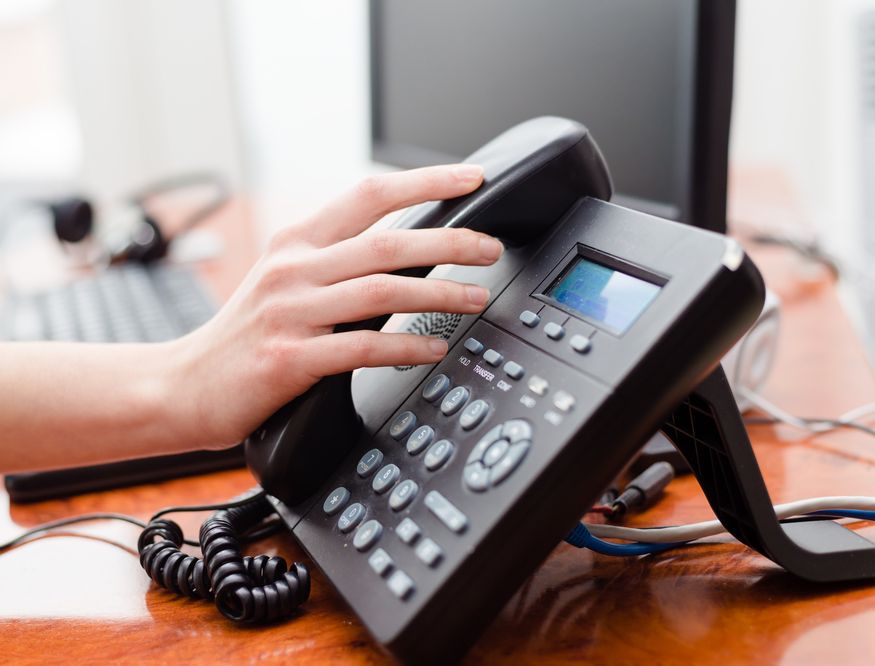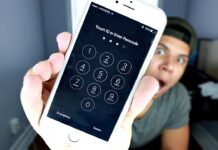
What is spoofing?
Do you know how many complaints did the FCC receive with regards to caller ID spoofing alone in the first half of 2019? Well, the number of complaints was well over 35000. That’s how prominent the phenomenon of Spoofing is.
Spoofing is a tactic to disguise a communication from an unknown source to deceive the victim into believing that the communication is from an authentic, known, and trusted source.
Spoofing aims to deceive the target into divulging his sensitive personal information with a view to defraud him and make illegal financial gains. Scamsters pretending as bank relationship managers to ask for your bank account details for verification is very common.
However, it is not restricted to fake calls and can take place over various communication channels like SMS, Emails, and even GPS receivers for that matter.
The two most common ways to attack your privacy will be to breach the modes of communication you use the most. That is via the phone and emails.
Caller ID Spoofing

Here, the spoofer uses a call masking software to make it look like he is calling from a legit business or a known organization in your area with familiar area code so that you take the call.
VOIP services have made it pretty easy to spoof calls. In the year 2007, a spoofer tricked the SWAT team to go to the house of an unsuspecting victim. Of course, later the spoofer got arrested for pulling up the most bizarre prank, it only goes to show the extent of devilish ideas spoofers have up their sleeve.
The FCC has taken stringent measures against call spoofing. The FCC website has all the advisory in place to safeguard you from malicious caller ID spoofing. Here are some simple steps to deal with caller ID spoofing
- The first step is to remain vigilant and use your presence of mind. For instance, the tax department will never personally call anyone to reprimand them for unpaid tax dues. Be wary in answering calls from unknown numbers.
When someone claims affiliation from any organization of repute, an easy hack would be to do a background check to make sure you don’t fall prey to malicious tactics of fraudsters. - It is very easy to trespass a caller id system to come across as a local area number. That’s not always the case. Make sure you are using the right caller id services.
- Make sure you hang up immediately if a recording is playing on the other side asking you to press a button to stop getting calls. It is a trick employed by fraudsters to target innocent leads.
- Do not respond to questions seeking an affirmative response in the form of YES.
- Be wary of unexpected calls asking for personal sensitive information such as account numbers, social security card details, passwords etc.
- It is very common to get calls from people who claim to represent a company or a government agency. Don’t trust them instantly if you have not set up any prior appointment with them.

- If someone claims to be calling from the bank, you can check the phone number on your account statement or the bank website for verifying the phone number. One reliable website for performing background checks is Nuwber, where you can get accurate results from phone numbers to addresses just a click away.
- In case it’s a legitimate source like an organization or a government agency, try to secure a written correspondence beforehand instead of directly getting in touch via phone call.
- Check the tone of the other party on the call. You will notice a polarity in how spammers speak. They might be very aggressive in their pitch and try to make you act quickly, often employing pressure tactics. They can also use sugar-coated language coming across as superficial for first-time conversations.
- In case you use voice service, make sure you set a password to it.
- Consult your phone service provider to configure the right call blocking tools and apps to block unwanted calls. Telephone companies also come up with DND services and default call blocking services. Choose the right one.
- The FTC has a national registry where it keeps a database of do not call numbers. Legitimate telemarketers refer to it so that they don’t end up calling the numbers registered for the ‘do not call service’. You can report unwanted calls to the FTC if you receive them even after 31 days from registering your number.
Email Spoofing

Email spoofing is one of the most common cybersecurity threats. Have you received emails asking you for personal information like bank account number, social security number or asking for a donation?
Here the fraudster forges the sender address in the ‘from the line’ to make you believe that it is from a legitimate source like your bank or a government agency.
In 2013, a spoofer tricked a news agency into believing that Samsung purchased a Swedish company by the name of Fingerprint cards. The consequence led to movements in stock prices. That’s how misleading email spoofing can be from a business and financial standpoint.
Guidelines to protect yourself from email spoofing
- Check the tone of the email. Spoof emails will be written in heightened persuasive language begging you to take a certain action. Any line seeking personal information is a red flag.
- If you have received an email from a reputed company, it is highly likely that their communication will be precise and drafted meticulously. So, checking for grammatical inconsistencies can give you an indication if it’s a legit email or not.
- Exercise due caution if you are asked to click links or download unexpected attachments.
- Use the right firewall program. Usually, all the reputed antivirus programs come with a firewall feature that gets automatic updates for protection against threats. Protect your computer and mobile phones with the latest cybersecurity tools.

- Make sure your email account is configured with 2-factor authorization. A Two-factor authorization can use a combination of credential input methods like a passcode you get on your registered phone number or a fingerprint or face recognition security feature.
- Multi-stage authentication deploys personalized security features making it very difficult for attackers to hack your account details.
- Make sure you backup your data in any place other than your home network. An external hard disk or the multiple cloud storage options available these days come in quite handy for this purpose.
When it comes to taking measures to protect yourself from the complexities, a spoofing attack brings, your own vigilance goes a long way. Thankfully, you can use the right apps, software, do the necessary background checks to act with diligence and promptness to tackle the spoof spam and be safe and secure.
















